Following up on “PART I: Education and the challenge of building a more sustainable world” that I summarized here, and the first part of the summary of part II, here comes the second summary post on
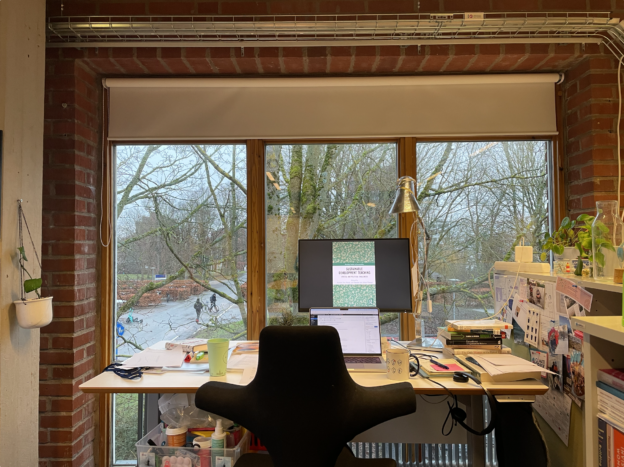

Following up on “PART I: Education and the challenge of building a more sustainable world” that I summarized here, and the first part of the summary of part II, here comes the second summary post on
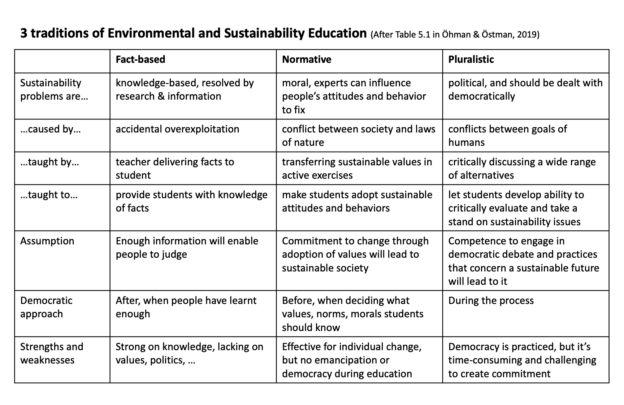
Following up on “PART I: Education and the challenge of building a more sustainable world” that I summarized here, here comes
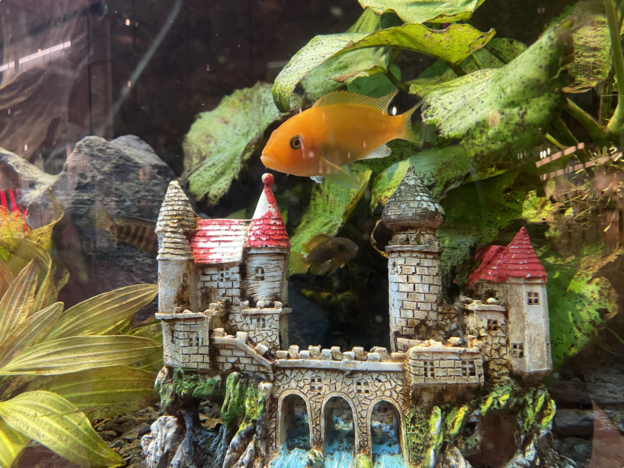
I am teaching the course “teaching sustainability” again in March, and while my course has a very applied focus on the questions teachers bring themselves into it, I have been looking around at how other places teach similar courses. I saw that the course in Stockholm assigns the book “Sustainable Development Teaching – Ethical and Political Challenges”, edited by Van Poeck, Östman, Öhman (2019). The book is supposedly focussed on teaching practice, translating educational research into something that is directly useful for teachers, and I recognized one of the names from my favourite Head-Hands-Heart framework, so I decided I had to make time to read the book. Below my summary of their
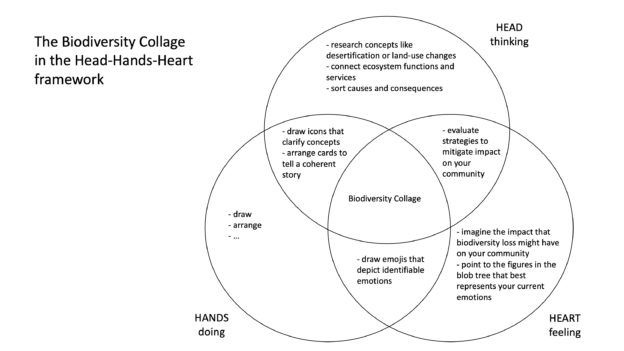
As we are getting ready to officially launch our new blog on “teaching about sustainability”, I am revisiting posts on this blog and rewriting them for the different outlet. And one of the first ones I wrote was about the “head-hands-heart” framework. I’m reposting what I wrote for the other blog below, but then I am adding a reflection on how I am actually applying this framework in planning my own course on “teaching sustainability”, starting this spring. Jump to NEW NEW NEW if you are only interested in that part! :-)
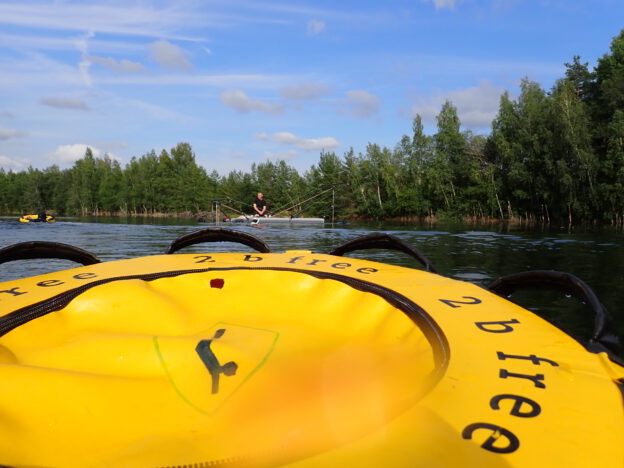
Fear can lead to fight, flight, or freeze responses — or so we often hear. So far, I was under the impression that fear was generally not a good emotion to create in students since from what I had read, it hinders learning. But my colleague Léa recently sent me the meta-analysis by Tannenbaum et al. (2015), and it turns out that fear appeals can and do actually positively influence behavior under almost all conditions, and they hardly backfire! Who would have thought?
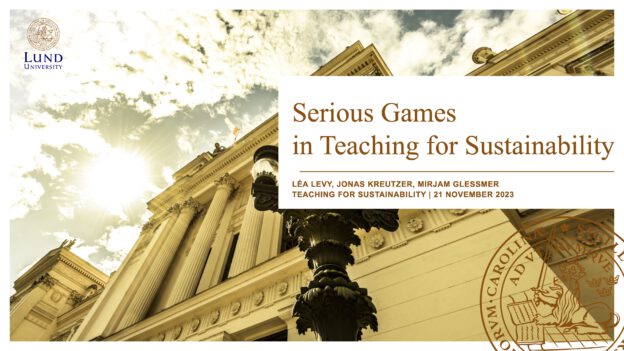
Here comes my informal summary of today’s seminar on “Serious Games in Teaching Sustainability”. A more formal summary will go through the official channels shortly (or that’s the plan… :-))
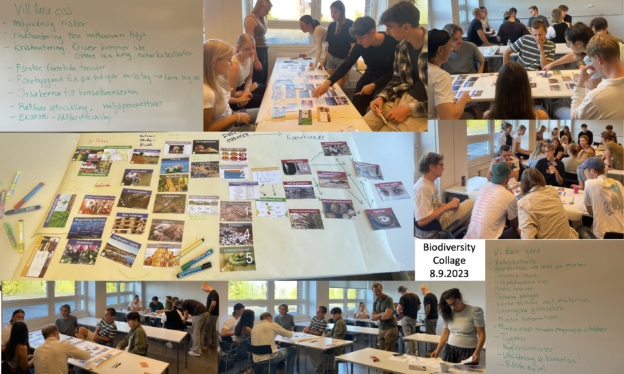
Last week I had the pleasure to work with “real” students (“real” in contrast to the teachers that I typically work with) and it gave me so much energy* to meet such wonderful young people (wow, I feel old). But it’s true! I facilitated the Biodiversity Collage and that gave me new motivation to read some more articles on how other people use serious games in teaching about sustainability.
How can we imagine future universities that are less market-driven and more socially just, focussed on community and sustainability? Possibly by using a different metaphor, that of ecology, according to Kinchin (2023), who also suggests five “moves” that would be required to move towards an ecological university. A super interesting perspective! (Thanks for sharing this article with me, Kirsty! :-))
As you’ve seen from my recent Biodiversity Collage posts, I have gotten into serious games as tools for teaching. Today, I am reading up on a different game, the Climate Fresk (which I also got introduced to when I got to play it in a workshop led by my awesome colleague Léa Lévy, and which she and colleagues have evaluated as teaching tool in our context). Let’s see what experiences other people have had with it!
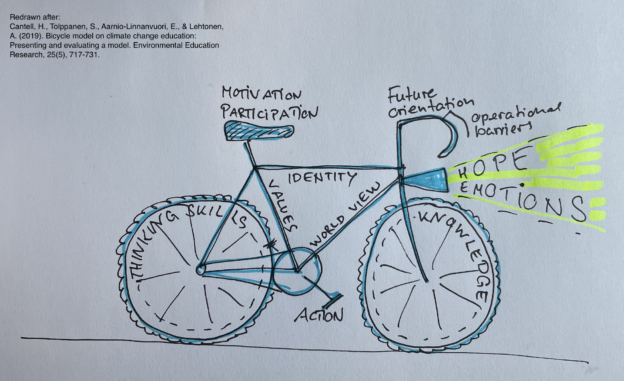
Came across this model, had to share! You know I love me a good visualization of a model, and I think this one is brilliant to help support thinking about sustainability teaching in a holistic way!